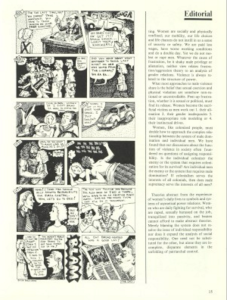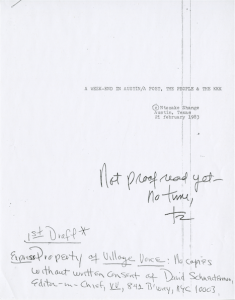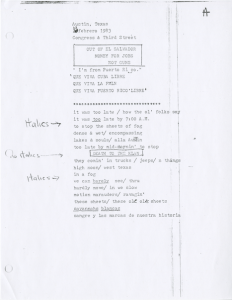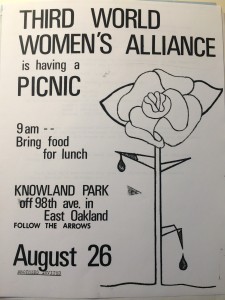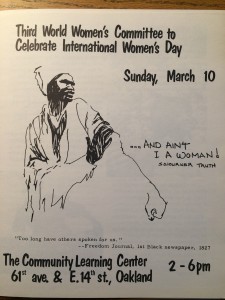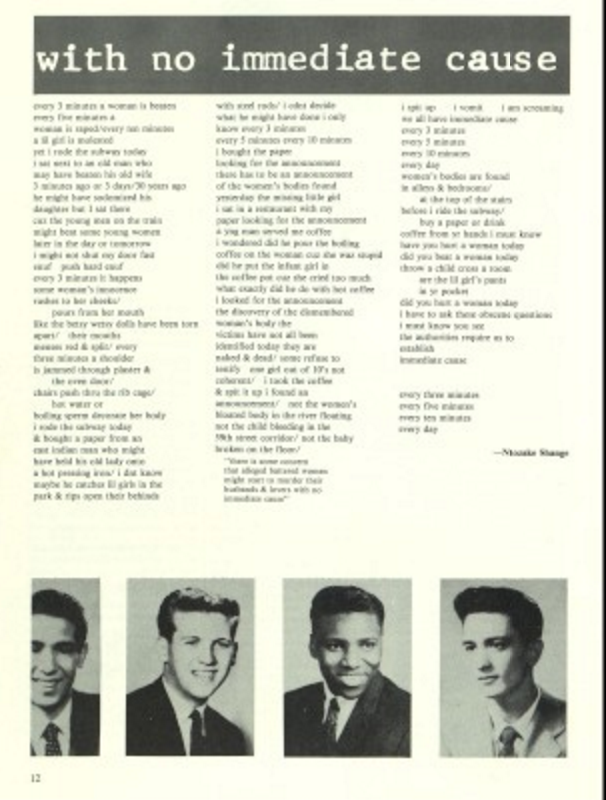
This week I found a pretty late addition to my bibliography: Heresies, a feminist journal on art and politics based out of New York. I can’t confidently speak to why it wasn’t on my radar before now, but throughout my research, I’ve tried to focus on unearthing journals by black women rather than just pulling up more prominently circulating mass-media about them, so it’s almost comforting that the latter had been sitting on the back burner. Talking about black feminisms in publications that were, most essentially, predominately by and for white feminists, is a contentious issue, which was concretized as I flipped through the Michele Wallace issue of Ms. for the first time. Heresies, though significantly less glossy and more “academic” in its nature, faces much the same issue.
So I was surprised to find Ntozake Shange’s “with no immediate cause” sitting boldly at the front of the first issue I looked through. With for colored girls having made her somewhat of a celebrity in all feminist circles quite recently, it’s not as though they were featuring undiscovered black writers, but they featured Shange all the same. It’s also nice that the black man pictured at the bottom looks just as upstanding as the white men that surround him, and that the ratio of white to black men was not proportioned to favor the latter. Where I did have problems with the piece, though, is the editorial/cartoon pairing that followed it, which can be seen below. It features, in two pages and many windows with a variety of characters, exclusively white women –implying, consciously or not, that black women are not subject to male violence, or, if they are, they are not the victims of foremost concern. This is especially problematic considering that a black man was shown amongst the portraits of the imagined abusers. The editorial piece is fairly straightforward and unexceptional –focusing on gender and largely silent on race– but in a special issue specifically focused on women and violence, I feel that it is the responsibility of intersectional feminists (i.e. all feminists) to vocalize the unique subjugation of women of color.
